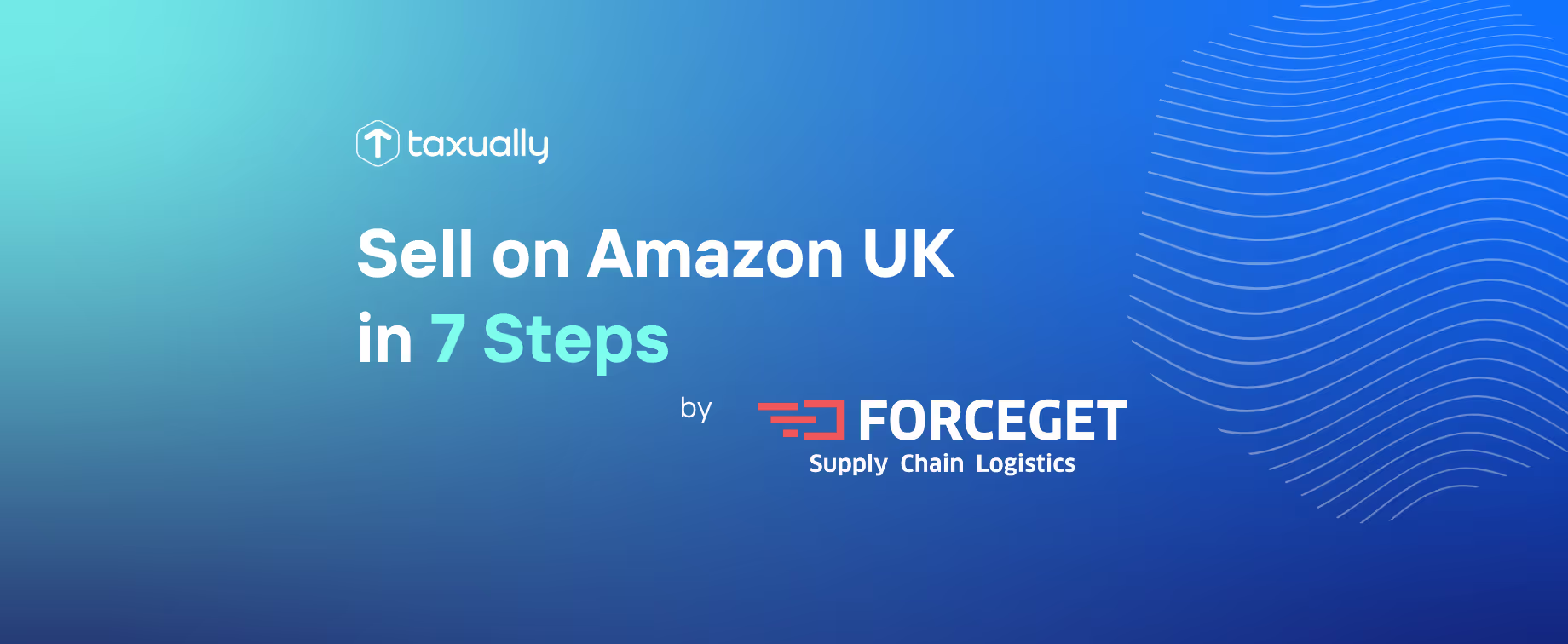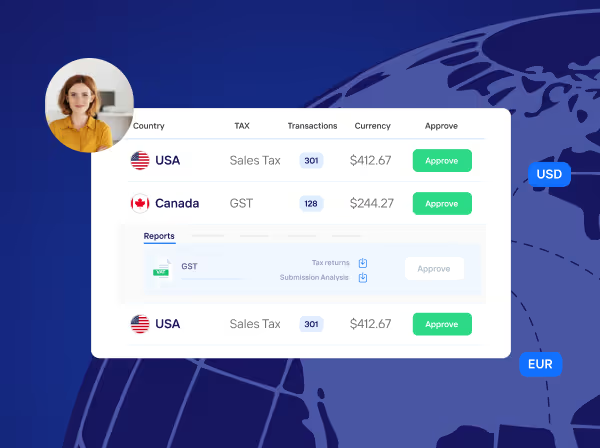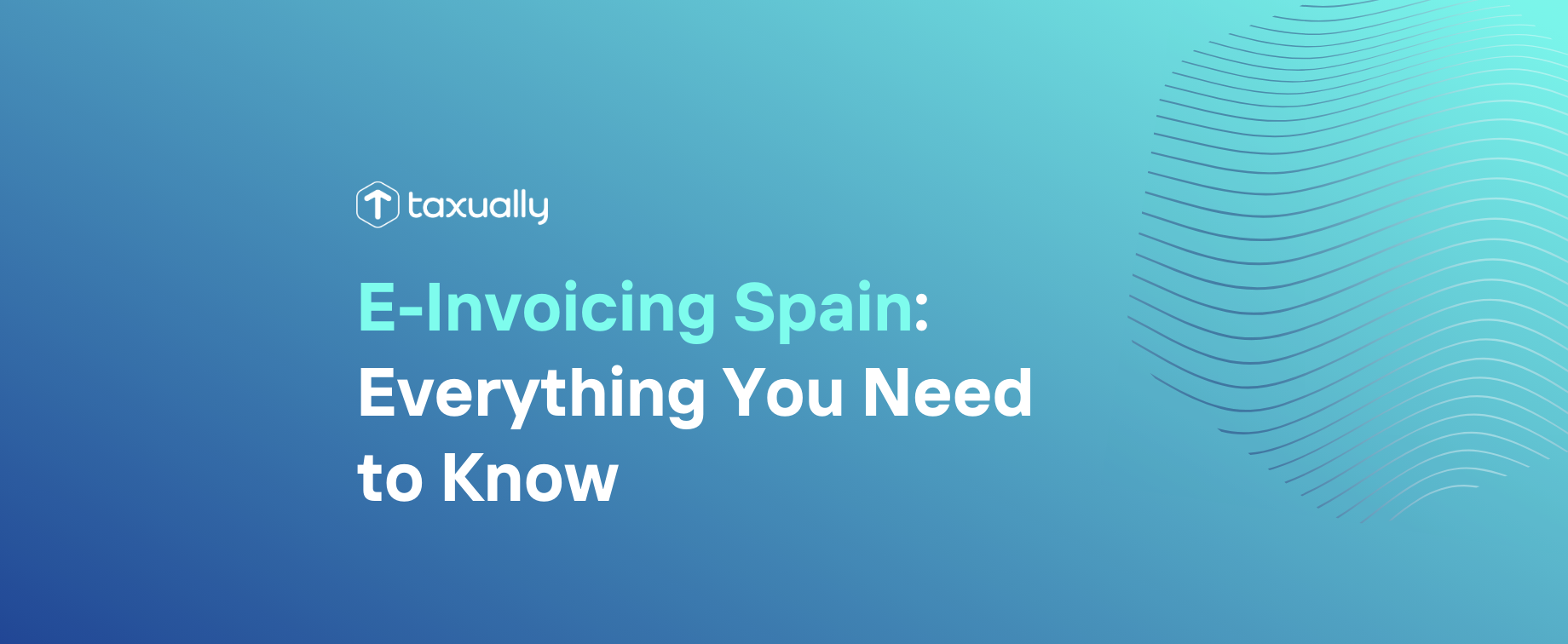Key takeaways
- Pick your path: Choose the right seller plan (Individual vs Professional) and complete Seller Central registration.
- Stay compliant & competitive: Get EORI/VAT, research profitable products, and create clear, keyworded listings with strong images.
- Deliver & improve: Select FBM or FBA based on costs and scale, then track metrics and iterate to boost visibility and sales.
Amazon UK hit nearly $575 billion in net sales revenue worldwide in 2023.
Considered to be the second-largest online marketplace in the United Kingdom, Amazon UK assists businesses looking to expand their reach and boost their sales.
Selling on Amazon UK offers extensive product selection, convenience, competitive prices, brand recognition and trust, resulting in significant growth for your business, allowing you to tap into the lucrative UK ecommerce market.
Sell on Amazon UK: Steps
To become a successful Amazon UK seller, follow the steps below:
Step 1: Choose Your Selling Plan
Amazon UK offers two seller plans:
Individual Selling Plan: This plan caters to businesses with projected sales volumes of less than 35 products per month. Ideal for businesses just starting out or those selling a limited selection of products.
Professional Selling Plan: This plan is suitable for businesses anticipating higher sales volumes. For a monthly subscription fee, it unlocks advanced features like bulk listing tools and in-depth sales reports.
Carefully consider your anticipated sales volume.
If you're unsure about your projected sales, the Individual Selling Plan can be a starting point. You can always upgrade to the Professional Plan later if your business grows.
Analyze the per-item selling fee associated with the Individual Plan and compare it to the monthly subscription fee of the Professional Plan.
For higher sales volumes, the Professional Plan may be more cost-effective due to the absence of per-item selling fees.
Step 2: Registering as an Amazon Seller
- Create your Seller Account by visiting Amazon Seller Central to initiate the registration process.
- You'll need a valid business email address for communication purposes.
- A credit card is required to cover any selling fees or advertising costs you may want.
- Provide a government-issued ID to verify your identity.
Step 3: Complying with UK Tax Regulations
Selling on Amazon UK requires compliance with UK tax regulations, including Economic Operator Registration Identification (EORI) and Value Added Tax (VAT).
Failing to comply with these regulations can lead to penalties and hinder your business operations.
Step 4: Research and Source Products

Conduct thorough market research to identify products with high demand and low competition on Amazon UK.
Consider factors like product size, weight, and shipping costs when selecting products to source. These factors can significantly impact your profit margins.
Be mindful of any import duties or taxes that may apply to your sourced products. Factor these costs into your pricing strategy.
Step 5: Creating Product Listings
Product listings are essentially your virtual storefronts on Amazon UK. Effective listings are crucial for attracting customers and driving sales.
Include Global Trade Item Number (GTIN), Universal Product Code (UPC), International Standard Book Number (ISBN), or European Article Number (EAN) to uniquely identify your product. This allows for accurate product categorization and customer search.
Create a unique Stock Keeping Unit (SKU) for your internal inventory management purposes. This helps you track your stock levels efficiently.
Product Details
Craft a clear and concise product title that accurately reflects the product's features and benefits.
Develop a detailed description that highlights the product's key selling points and addresses any potential customer concerns.
Include high-quality product images from various angles to showcase the product in detail. Use relevant search terms throughout your listings to enhance discoverability on Amazon UK's search engine.
Step 6: Fulfillment Options
Decide on a fulfillment strategy for delivering your products to Amazon UK customers. Two primary options exist:
Fulfillment by Merchant (FBM): You manage the entire fulfillment process, including storage of your inventory, packaging of orders, and shipment to customers.
This option requires a robust logistics network and may be suitable for businesses with low sales volume or oversized products that are expensive to store in Amazon's fulfillment centers.
Fulfillment by Amazon (FBA): Amazon handles the complete fulfillment process, including storage, picking, packing, shipping, and customer service for your products.
This option frees you from logistics management, allowing you to focus on other aspects of your business. However, FBA has additional fees that must be factored into your pricing strategy.
Choosing the Right Fulfillment Option

Consider your business needs, resources, and budget when selecting a fulfillment option. If you have a limited budget or deal with oversized products, FBM may be a suitable starting point.
As your business grows and sales volume increases, FBA can streamline operations and potentially improve customer satisfaction with faster delivery times.
Business Needs: Consider your expertise and resources. Do you have the infrastructure and manpower to manage storage, packaging, and shipping efficiently? If not, FBA can alleviate these burdens.
Product Size and Weight: FBA fulfillment costs are generally based on product dimensions and weight. For bulky or heavy products, FBM may be more cost-effective, especially if you have the storage space and can negotiate favorable shipping rates with carriers.
Sales Volume: If you're a new seller with a limited sales volume, FBM allows you to test the waters and gain experience without additional FBA fees. As your sales volume grows and your business scales, FBA can become increasingly attractive due to its efficiency and potential cost savings.
Budget: FBM requires an upfront investment in storage space, packaging materials, and shipping costs. FBA eliminates these upfront costs but adds per-unit storage and fulfillment fees. Carefully analyze your projected sales volume and fulfillment costs under each option to determine the most budget-friendly approach for your business.
Step 7: Optimize Your Listings and Monitor Performance
Regularly monitor the performance of your product listings and customer reviews. Use Amazon Seller Central analytics to track key metrics like sales data, identify top-selling products, and analyze customer behavior.
Based on your insights, optimize your listings by incorporating relevant keywords to improve search ranking and potentially attract more customers.
Frequently asked questions
New Year's Day - 1/1/2024Memorial Day - 5/27/20244th of July - 7/4/2024Labor Day - 9/2/2024Thanksgiving Day - 11/28/2024Day after Thanksgiving - 11/29/2024Christmas Eve - 12/24/2024Christmas Day - 12/25/2024
Which seller plan should I choose?
Pick Individual if you expect <35 sales/month; choose Professional for higher volume, bulk tools, and reports. You can upgrade later as you grow.
What do I need to register and stay compliant?
Create a Seller Central account with a business email, credit card, and government-issued ID. For UK compliance, obtain EORI (if importing) and VAT registration as required.
Should I use FBA or FBM?
Use FBA for scale, Prime-eligible shipping, and outsourced logistics; use FBM if you handle storage/shipping, sell bulky items, or want tighter cost control. Reassess as volume and costs change.



















